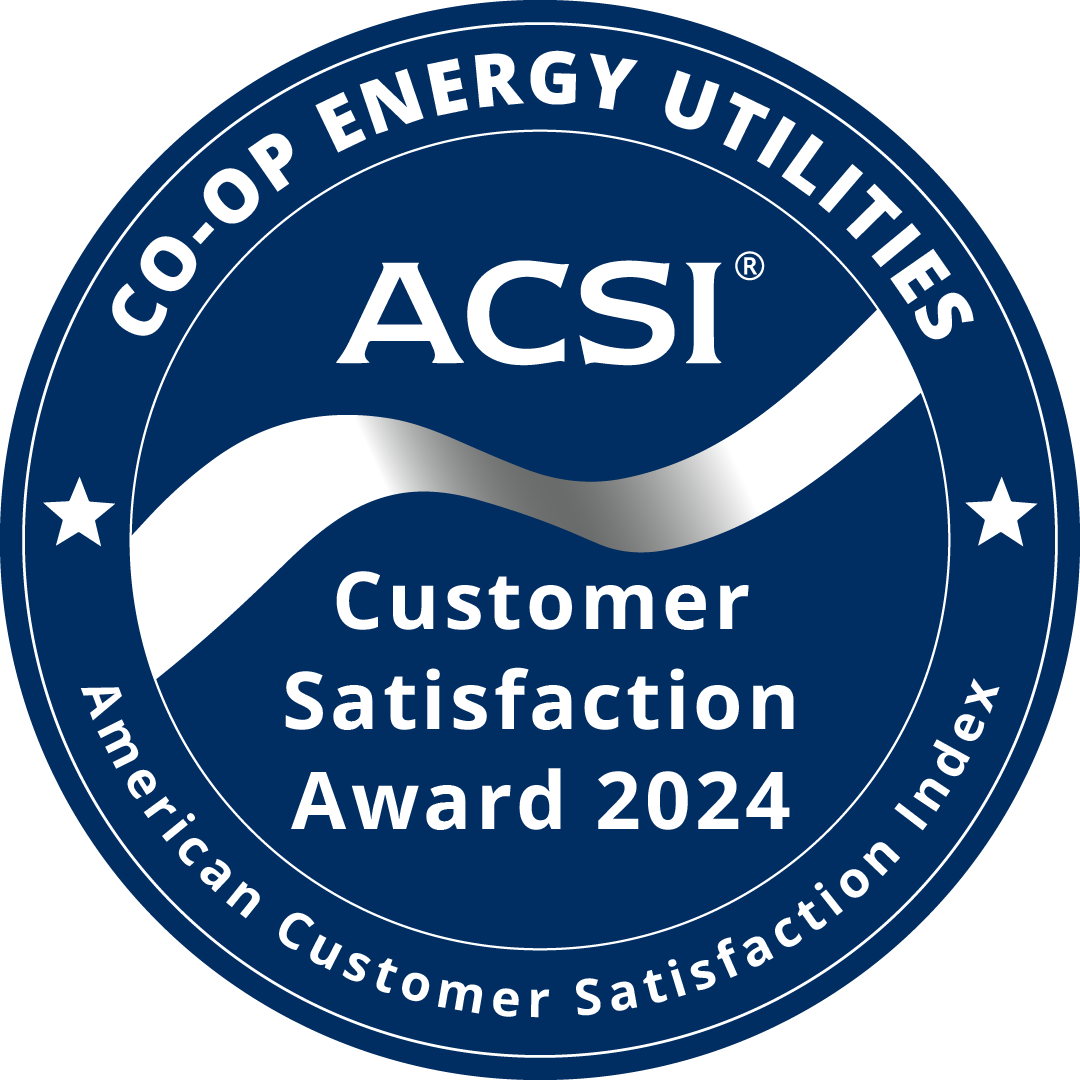Last month, the U.S. Department of Agriculture (USDA) announced $2.7 billion in funding to assist electric cooperatives and utilities across the country expand and modernize the grid. Four of North Carolina’s electric cooperatives received a total of $117.5 million, supporting projects that will enhance power reliability, grid resiliency and service to cooperative members.
“This funding will help the cooperative to invest in changes that will make our energy more efficient and more reliable,” said Melissa Glenn, communications director for Carteret-Craven Electric Cooperative, one of the co-ops receiving funding. “These investments will benefit cooperative members for many years to come.”
Recipients in North Carolina include:
- Cape Hatteras Electric Cooperative, located in Buxton, will receive $19.5 million to build and improve 15 miles of line, make transmission system upgrades and add smart grid technologies.
- Carteret-Craven Electric Cooperative, located in Newport, is receiving $28 million to upgrade 132 miles of line. The loan also includes just over $169,000 for smart grid technologies.
- Randolph EMC, based in Asheboro, will receive $32 million to build and improve 426 miles of line and add smart grid technologies.
- Rutherford EMC, located in Forest City, will get $38 million to build and update 155 miles of line.
In total, 64 electric cooperatives and utilities received funding through this round of the USDA’s Electric Loan Program, which makes insured loans and loan guarantees to nonprofit and cooperative associations, along with other utilities. The program provides funding to improve electric service in rural areas through system improvements and the construction of generation, transmission and distribution facilities. The Electric Loan Program also finances the development of energy conservation and demand side management programs and renewable energy systems.
North Carolina’s electric cooperatives are also enhancing reliability for members through innovative projects designed to boost grid resiliency and flexibility. As part of our Brighter Future vision, NC co-ops have deployed distributed energy resources across the state, including 13 “solar + storage” sites, 10 battery energy storage systems located at cooperative substations and four microgrids with a fifth currently under development. Through innovation, North Carolina’s electric cooperatives are enhancing power reliability and grid resilience and supporting the cooperatives’ long-term sustainability goals.

